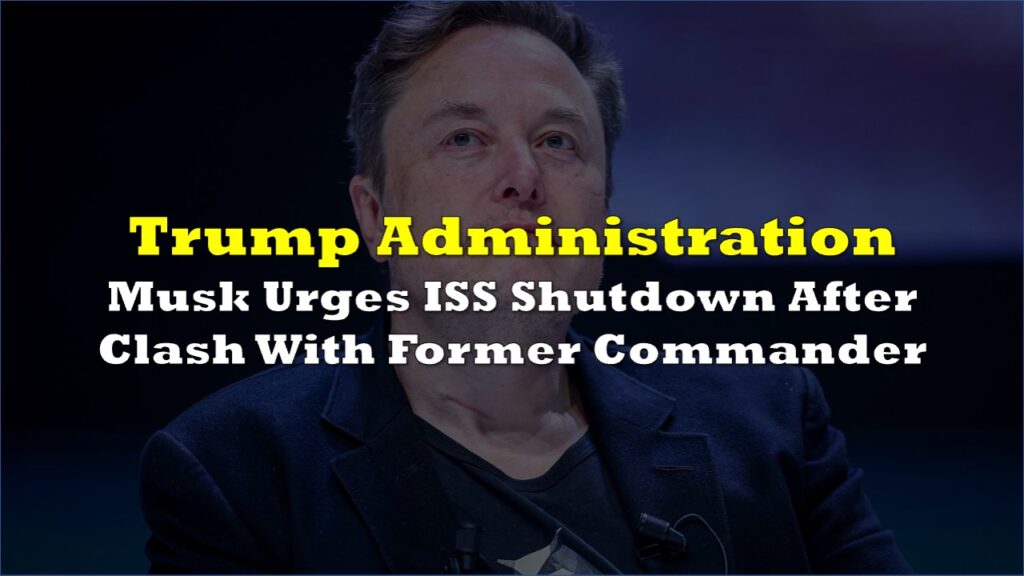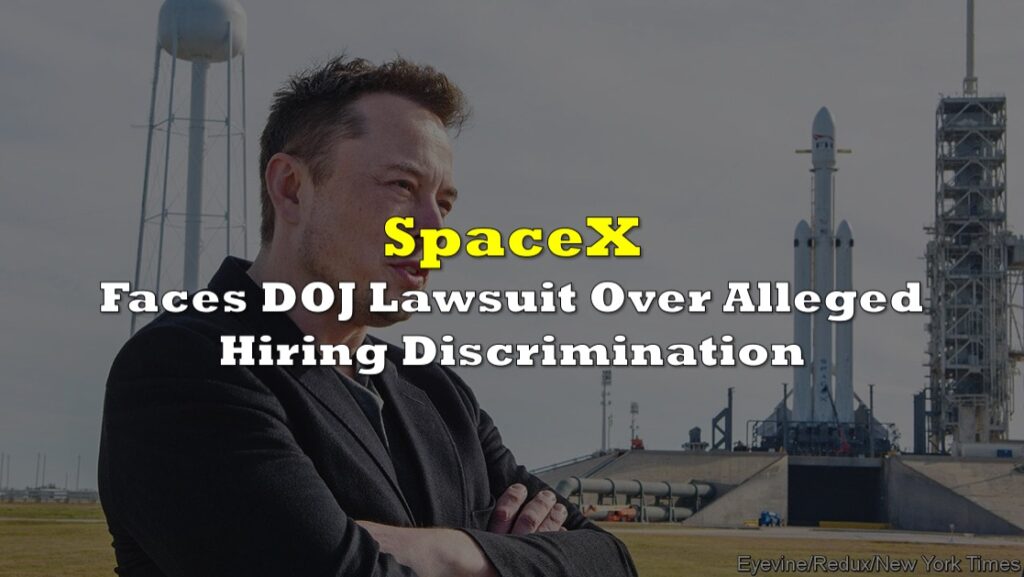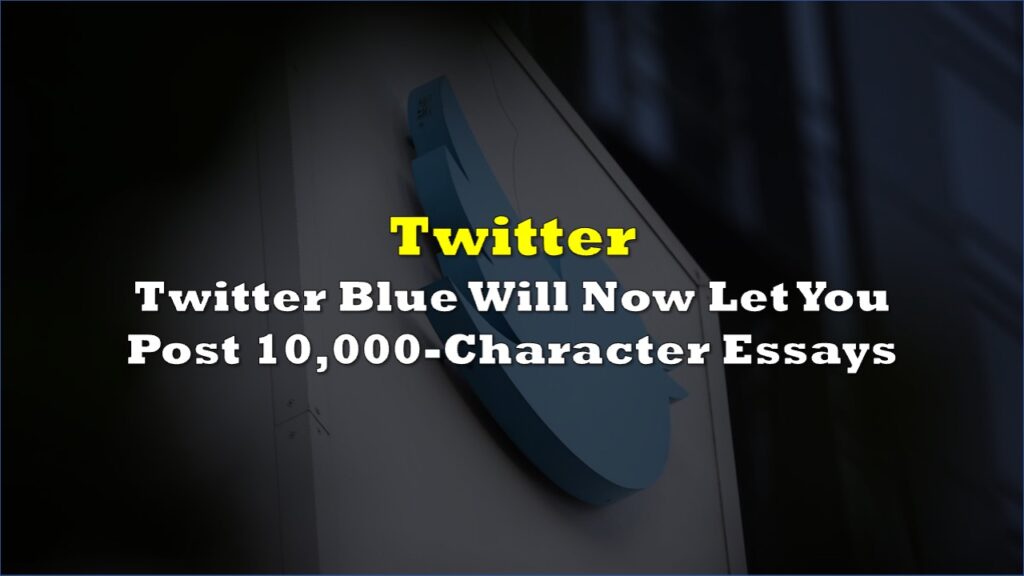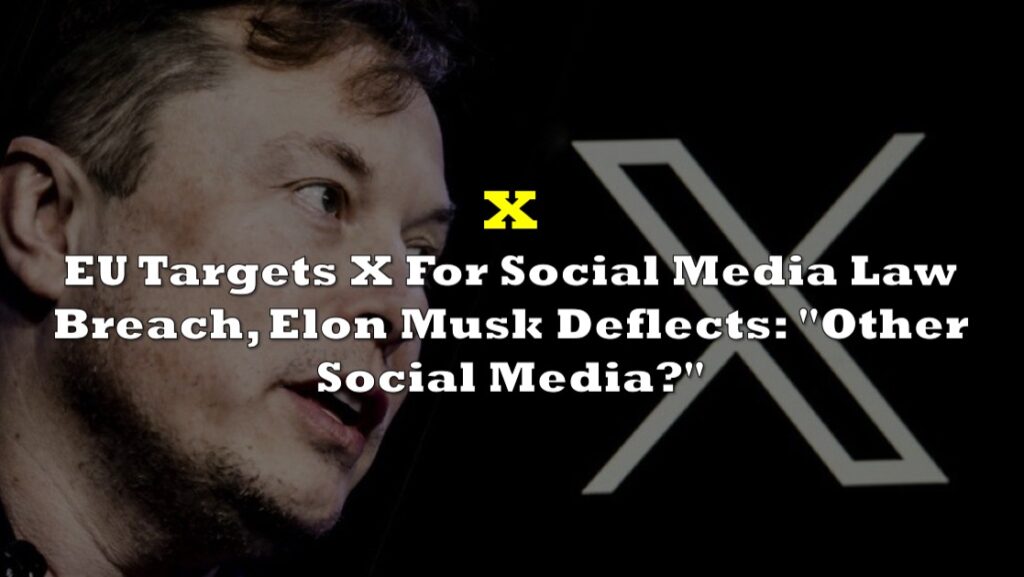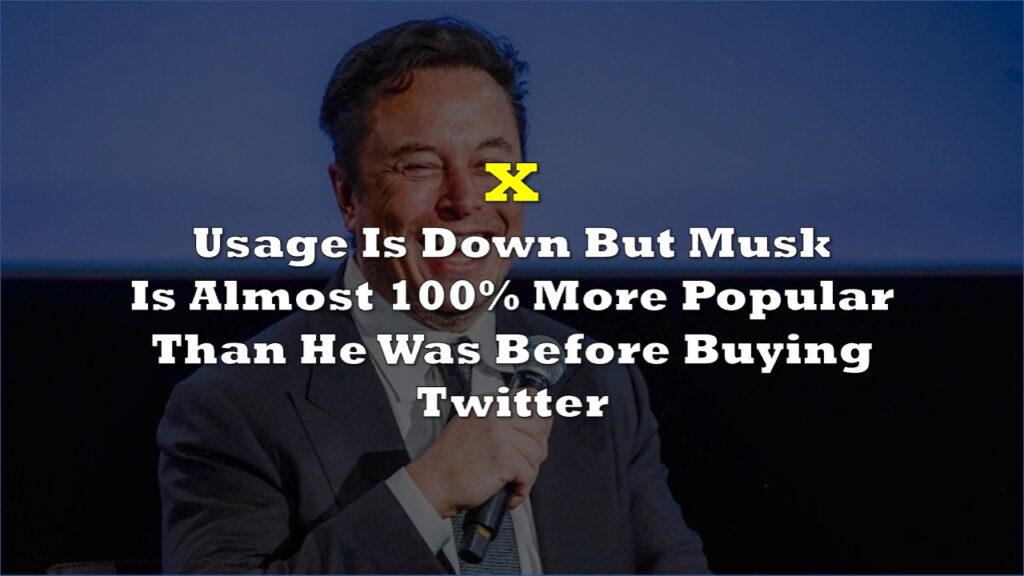It’s no secret that Elon Musk is the new owner of Twitter (NYSE: TWTR) and he started big by firing the social media platform’s top executives, including CEO Parag Agrawal and CFO Ned Segal–nevermind that he has to potentially pay severance checks of up to US$204 million.
the bird is freed
— Elon Musk (@elonmusk) October 28, 2022
But like with anything that Musk touches: if it isn’t big and borderline outrageous, was it even a Musk move?
Firing leadership on day 1 sends a signal of major revamp happening on the platform. Previous reports have surmised Musk’s intent to implement drastic changes in the company, including downsizing the workforce to achieve “maximum potential”, eliminating bot accounts, and maximizing revenue streams.
But now that the dust is settling in, it becomes clearer on what changes Musk is considering to implement on the microblogging social media site.
Blue checks for sale; Missing implementation deadline risks employees being fired
During Musk’s tumultuous directorship appointment–and subsequent takeover–he has brought up numerous times the unrealized potential for the platform’s monetization model. In one of the revealed text conversations with self-proclaimed Musk fan, Jason Calacanis, it was brought up that the blue check mark feature wasn’t “democratic” and its features are “piece of sh*t.”


According to sources who told The Verge, the new Twitter Blue subscription will cost US$19.99 per month, seemingly implementing a paid verification system. As of the moment, the optional subscription that unlocks premium features and lesser ads costs US$4.99 per month.
Verified users would have 90 days to subscribe or lose their blue checkmark under the present scheme.
Moreover, employees working on the project were told on Sunday that they must launch the feature by November 7th or face termination.
Interesting
— Elon Musk (@elonmusk) October 31, 2022
The whole verification process is being revamped right now
— Elon Musk (@elonmusk) October 30, 2022
Content Moderation Council
Musk, who advertises himself as a free speech advocate and a strong believer that Twitter should be a platform for both sides, has a long-standing contention on how the platform moderates its users and content.
I will look into this. Twitter should be even-handed, favoring neither side.
— Elon Musk (@elonmusk) October 30, 2022
Now he’s at the helm, Musk said that there would be a “content moderation council” composed of differing viewpoints to hold discussions before a moderation content action, such as banning a user or a tweet, is taken.
Twitter will be forming a content moderation council with widely diverse viewpoints.
— Elon Musk (@elonmusk) October 28, 2022
No major content decisions or account reinstatements will happen before that council convenes.
Anyone suspended for minor & dubious reasons will be freed from Twitter jail
— Elon Musk (@elonmusk) October 28, 2022
Former US President Donald Trump, who was suspended by Twitter more than a year ago following the January 2021 attack at the Capitol, was rumored to be coming back on the platform–although this was later proven to be false.
Controversial rapper Kanye West, legally known as Ye, was also recently banned by the platform due to his controversial tweets. After Musk took over, Ye’s account was restored. Although the new platform owner is saying that the decision was made even before he acquired the company.
Ye’s account was restored by Twitter before the acquisition. They did not consult with or inform me.
— Elon Musk (@elonmusk) October 28, 2022
Basketball icon LeBron James tweeted a concern on how the use of the racist “n-word” has surged since Musk has taken over, pleading that the new leadership takes the concern seriously. In a reply, Musk quoted Twitter’s Head of Safety & Integrity Yoel Roth who identified that “nearly all of these accounts are inauthentic.” The executive also added that the platform has decided to ban “the users involved in this trolling campaign.”
— Elon Musk (@elonmusk) October 30, 2022
Longer tweets and videos
One of Twitter’s differentiator in the social media space is its limited character count, currently at 280 characters from the initial 120. The same limit goes for video content, which maxes at 140 seconds.
The limit feature ushered the platform’s need for creative ways to shorten one’s post, as well as its value for the currency of the content.
With Musk taking over, it seems like anything is possible, including expanding the limit to the character count and the seconds for video content.
Absolutely
— Elon Musk (@elonmusk) October 30, 2022
💯
— Elon Musk (@elonmusk) October 30, 2022
Vine comeback
If there are things that needed to be longer, Musk is also looking at things that are shorter. Like what he always does with company decisions to project “democracy”, the new “chief Twit” tweeted a poll on whether people would want to bring back the short-video platform Vine.
Bring back Vine?
— Elon Musk (@elonmusk) October 31, 2022
Vine was acquired by Twitter in 2012 before its official release months after. The platform’s unique feature is allowing the users to post videos with six-second limit. In October 2016, Twitter stated that all uploads will be disabled, while viewing and downloading would remain available, launching an Internet archive of every Vine video ever produced months after. The archive was officially closed down in April 2019.
It seems that the resurrection of the platform might be the company and Musk’s idea on how to take on TikTok–which saw a resurgence during the pandemic.
What could we do to make it better than TikTok?
— Elon Musk (@elonmusk) October 31, 2022
A more hands-on “chief Twit”
While the previous leadership wasn’t active in participating to discussions on the platform, Musk was already a voracious Twitter user long before his acquisition of the company–even to the extent of getting legal skirmishes along the way.
But Musk seems to be intent in continuing his highly active tweeting now that he’s taken over the reins of the platform, responding personally to Twitter users’ concerns and political content being posted.
First I’ve heard
— Elon Musk (@elonmusk) October 28, 2022
I will be digging in more today
— Elon Musk (@elonmusk) October 28, 2022
Sorry about that. Fixing as fast as possible!
— Elon Musk (@elonmusk) October 28, 2022
But Musk still thinks The New York Times is spreading fake news–and that is part of the “free speech.”
This is fake – I did *not* tweet out a link to The New York Times! pic.twitter.com/d6V6m5ATW2
— Elon Musk (@elonmusk) October 31, 2022
Information for this briefing was found via The Verge and the sources mentioned. The author has no securities or affiliations related to this organization. Not a recommendation to buy or sell. Always do additional research and consult a professional before purchasing a security. The author holds no licenses.





